Technologies
Mint Mobile, Google Fi, Xfinity Mobile, Visible: Which Wireless Networks Do Smaller Providers Use?
Smaller wireless carriers often use more popular networks.
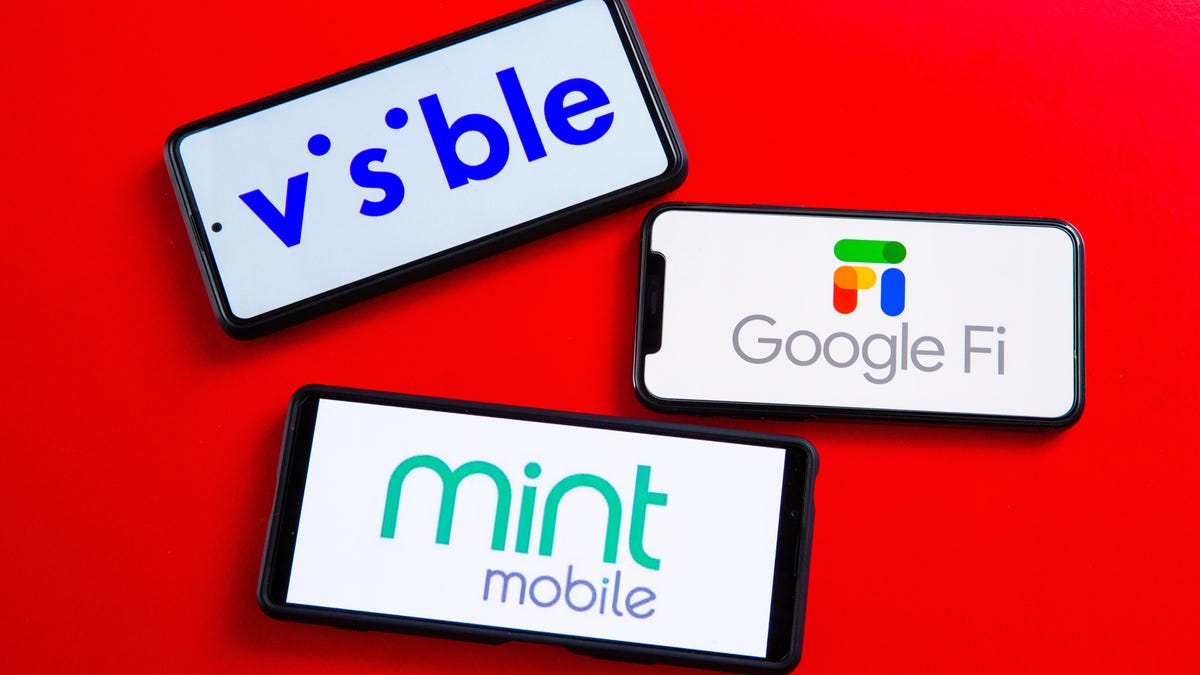
When it comes to picking a wireless provider, there are plenty of options beyond AT&T, T-Mobile and Verizon. Your cable provider — particularly if you have Optimum, Comcast’s Xfinity or Charter’s Spectrum — has likely tried to get you to move to their mobile service over the last year. You also have smaller players like Mint Mobile, Visible, Boost Mobile and others.
Here’s the not-so-secret twist: These providers don’t actually run their own cellular networks, for the most part. Instead, most are what’s called MVNOs, which stands for mobile virtual network operators. They partner with the larger carriers and piggyback on their networks. Let’s break down who is partnered with whom and if features like 5G are included.
Mint Mobile uses T-Mobile
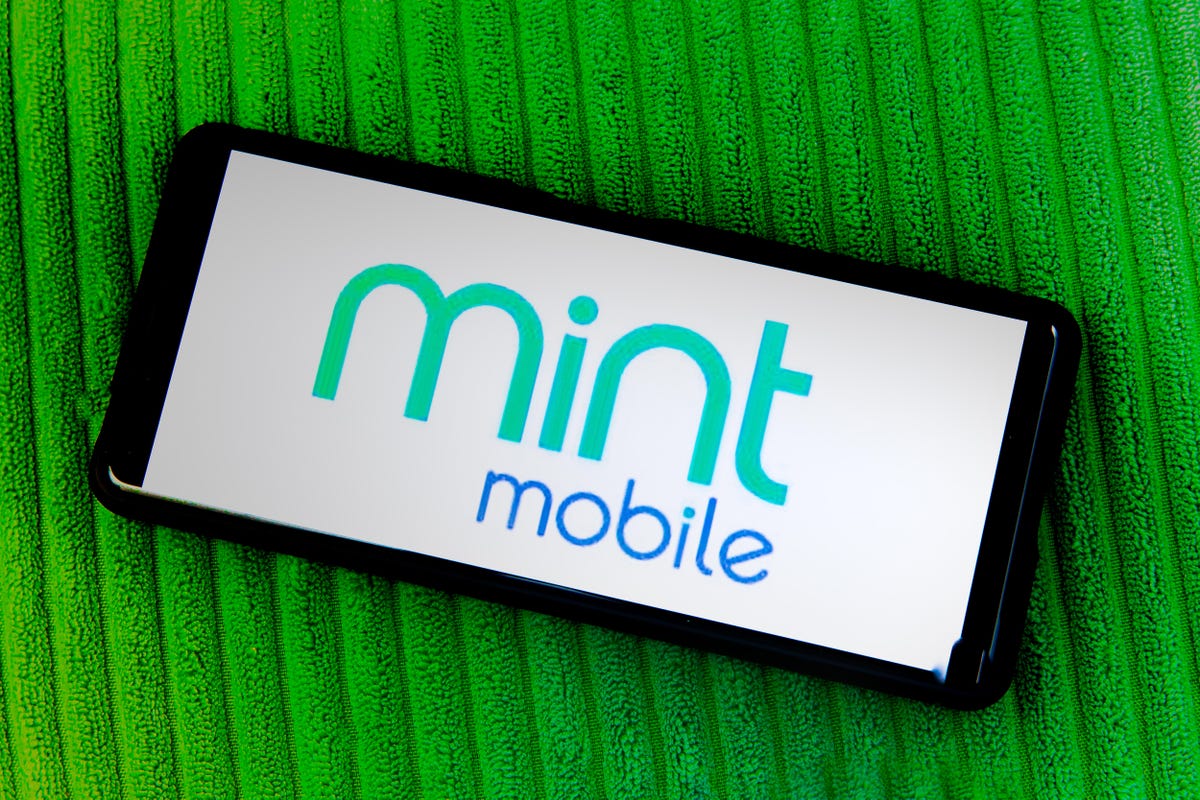

Ryan Reynolds’ cell carrier is actually using T-Mobile’s service for its network. In March, T-Mobile announced it plans to buy Mint and its parent company in a potential $1.35 billion deal.
Is 5G included? Mint has access to T-Mobile’s 5G network, and like T-Mobile, Mint also includes 5G access with all plans so long as you have a 5G phone.
Google Fi uses T-Mobile


Google’s mobile phone service uses an amalgamation of different networks to provide service. Post T-Mobile’s merger with Sprint, the group of three networks dropped to just T-Mobile and US Cellular. Now the carrier seems set to drop US Cellular and will rely mainly on T-Mobile for service.
Is 5G included? 5G is included with all Fi plans, but you’ll need to make sure your phone works with T-Mobile’s 5G network. At the moment that list includes a variety of Android phones, namely recent Samsung Galaxy and Google Pixel devices as well as some Motorola phones. In March, as part of the iOS 16.4 update, Google Fi finally allowed iPhones to access 5G on its network.
Visible uses Verizon
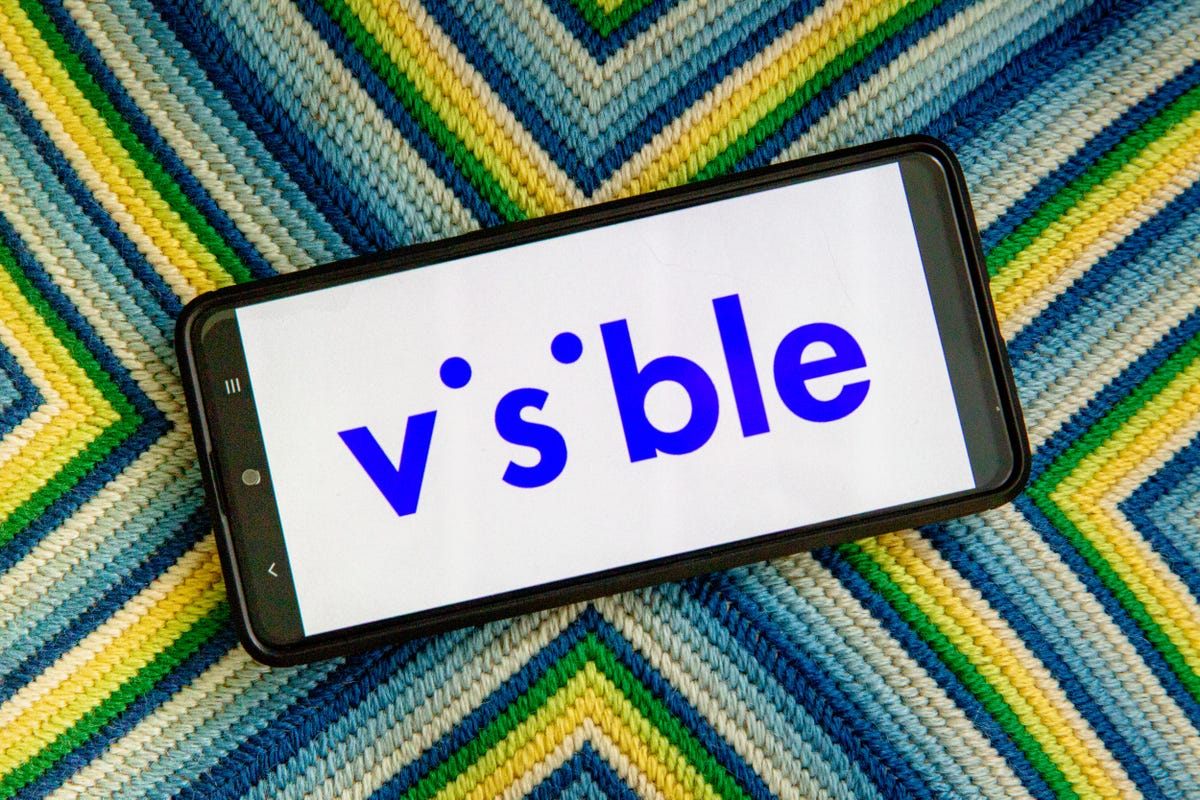

Visible is a sub-brand of Verizon and, as such, runs on its network.
Is 5G included? Visible plans include access to Verizon’s 5G network. This includes Verizon’s low-band nationwide network as well as its fastest millimeter-wave service that is available in parts of certain cities. Speeds, even when on the faster flavor of 5G, are capped at 200Mbps.
Boost Mobile uses AT&T, T-Mobile and Dish
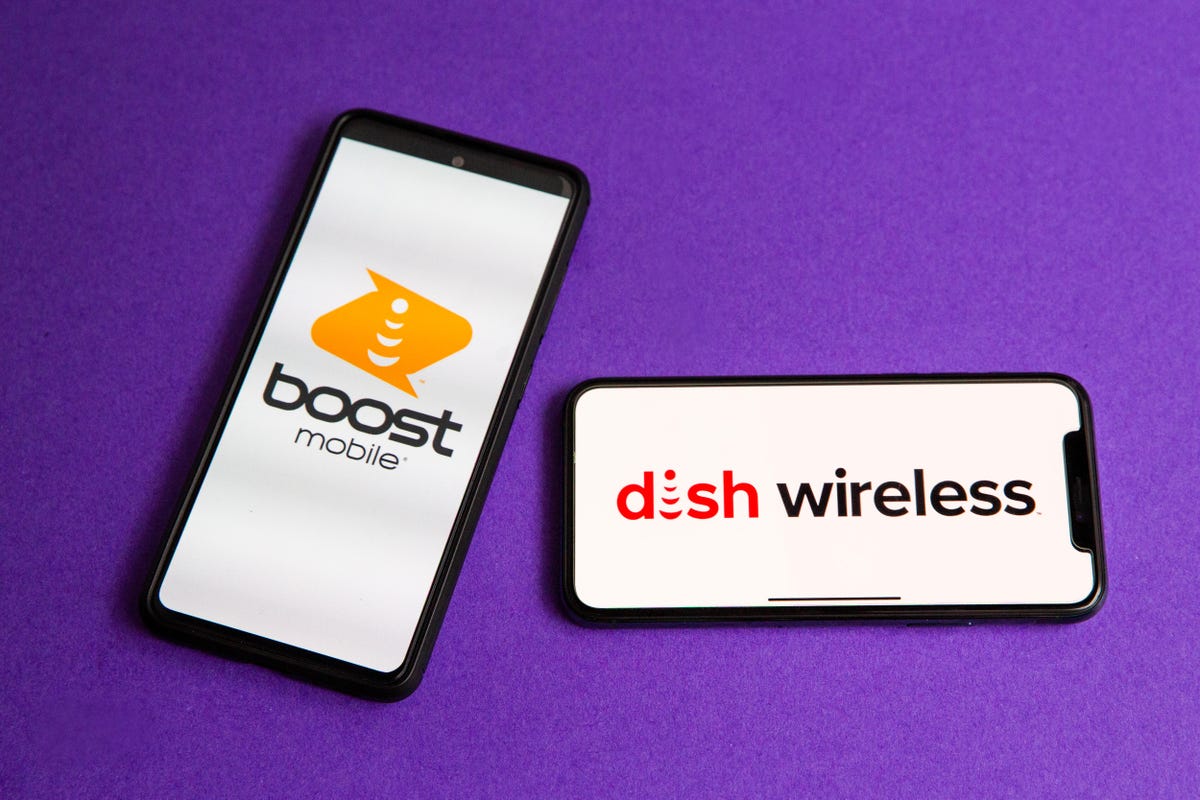

Boost Mobile, which was spun off to Dish by Sprint as part of the T-Mobile/Sprint merger, runs on AT&T’s and T-Mobile’s networks. Dish is in the process of building out its own 5G network and will begin transitioning users in those areas to its service as it becomes available.
The first city, Las Vegas, is now live, and last May the company listed 100 additional cities that it planned to expand to. As part of the merger, Dish was granted the ability to continue using T-Mobile’s network for seven years as it builds out its own network.
While T-Mobile was expected to be the roaming network, in 2021 Dish announced a new deal with AT&T that will let it roam on the latter’s wireless network for 10 years. Although it will still be able to tap into T-Mobile for part of this time, expect to use a combination AT&T, T-Mobile and Dish’s own network going forward.
Is 5G included? Boost does not charge extra for accessing 5G.
US Mobile uses T-Mobile and Verizon
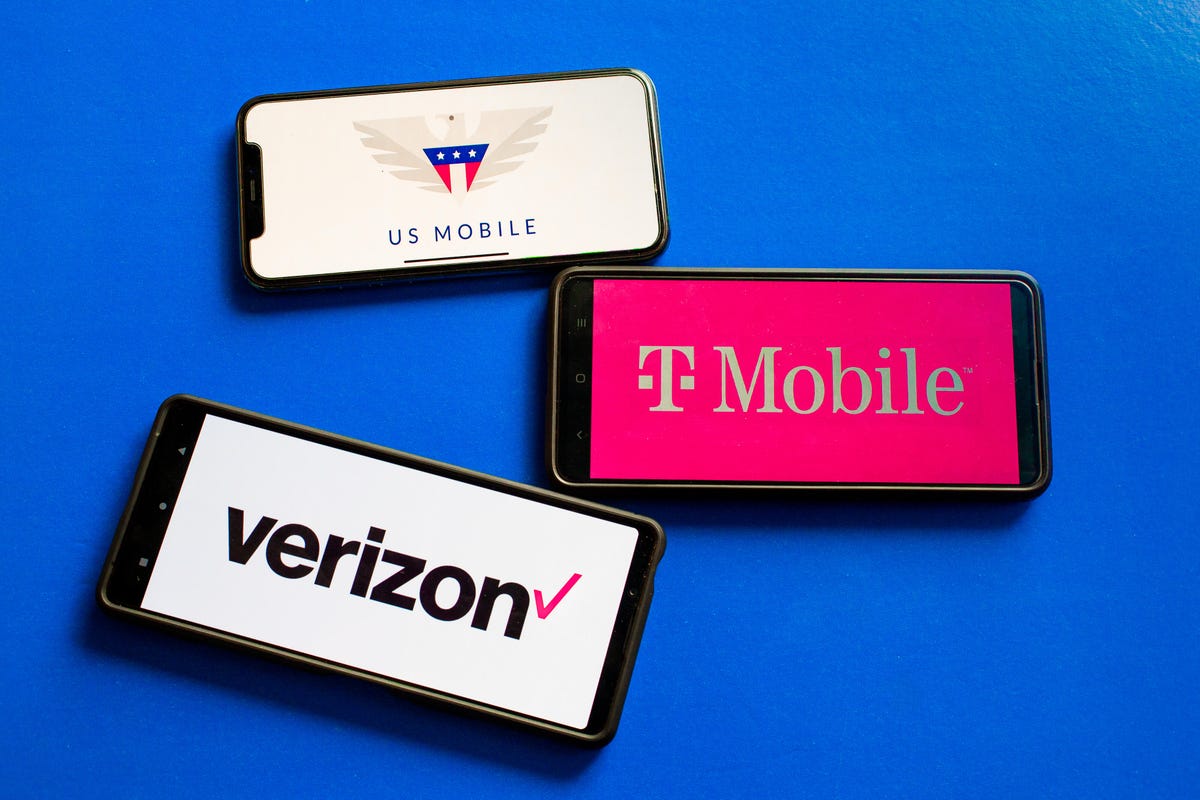

US Mobile, a newer player in the wireless game, uses a combination of T-Mobile and Verizon.
Is 5G included? US Mobile includes 5G with all of its plans, though whether you are connecting to Verizon or T-Mobile isn’t as simple as an option like Google Fi. Whereas that service will automatically switch you to whichever network has the best coverage, US Mobile actually has two different SIM cards: the black SIM card is for Verizon (what the company calls Warp 5G), while the white SIM card is for T-Mobile (which the company calls GSM).
The Warp 5G network the carrier is pushing uses Verizon’s network.
Spectrum Mobile uses Verizon
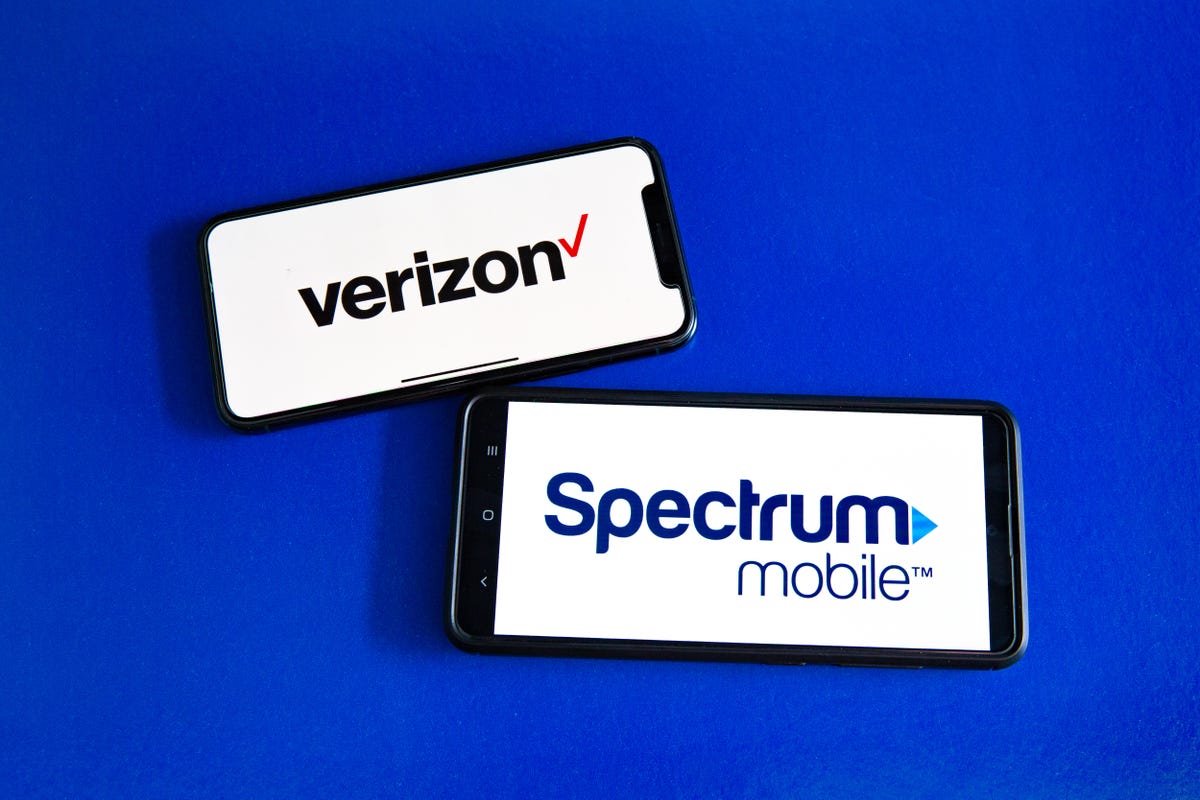

Charter’s Spectrum Mobile uses Verizon’s network for its coverage.
Is 5G included? Spectrum Mobile includes access to Verizon’s 5G networks. Data speeds aren’t capped but, per the company’s disclosures, your data may be slowed in busy areas with a lot of network congestion. The company states once the congestion «lessens,» however, «your speed will return to normal.»
Xfinity Mobile uses Verizon
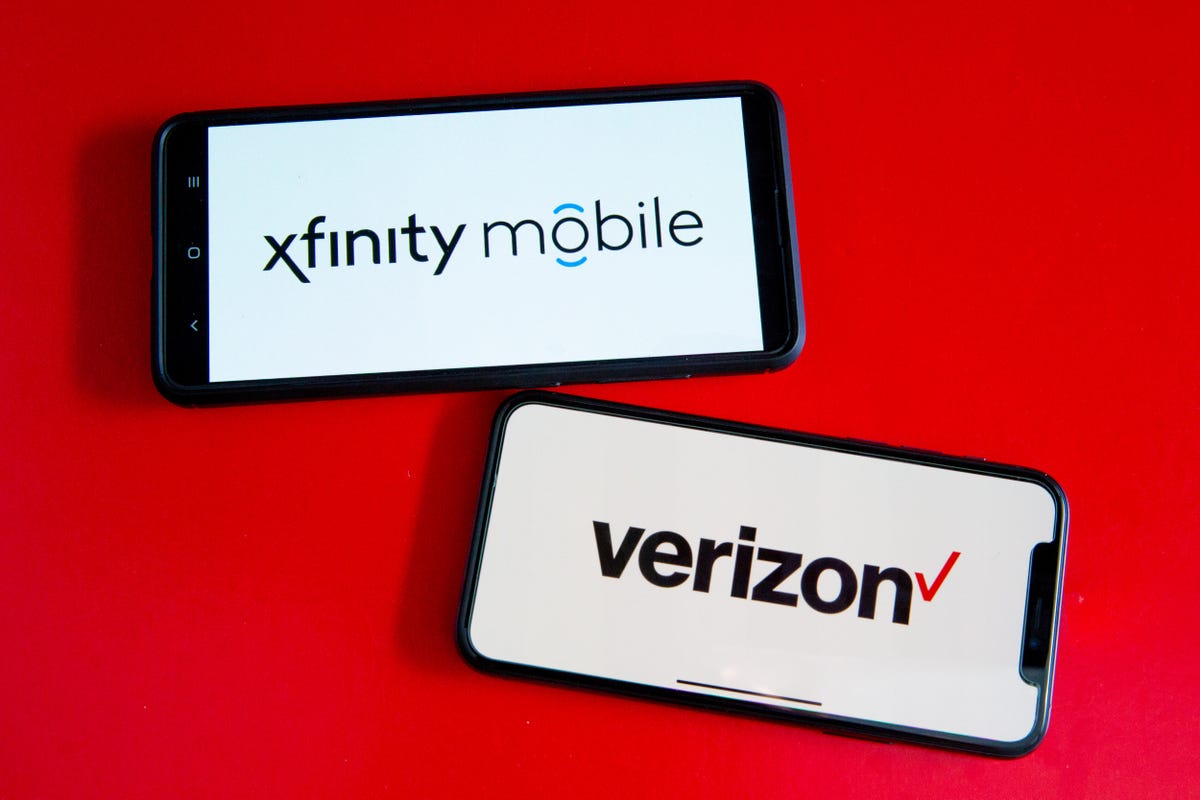

Comcast’s Xfinity Mobile uses Verizon’s network for its coverage.
Is 5G included? Like Spectrum Mobile, Comcast’s offering has access to Verizon’s 5G networks. As with that service, data speeds aren’t capped but Comcast notes in its disclosure that in busy areas where Verizon’s network may be congested, Xfinity Mobile customers may see their data slowed until the congestion clears.
Optimum Mobile (formerly Altice) uses T-Mobile
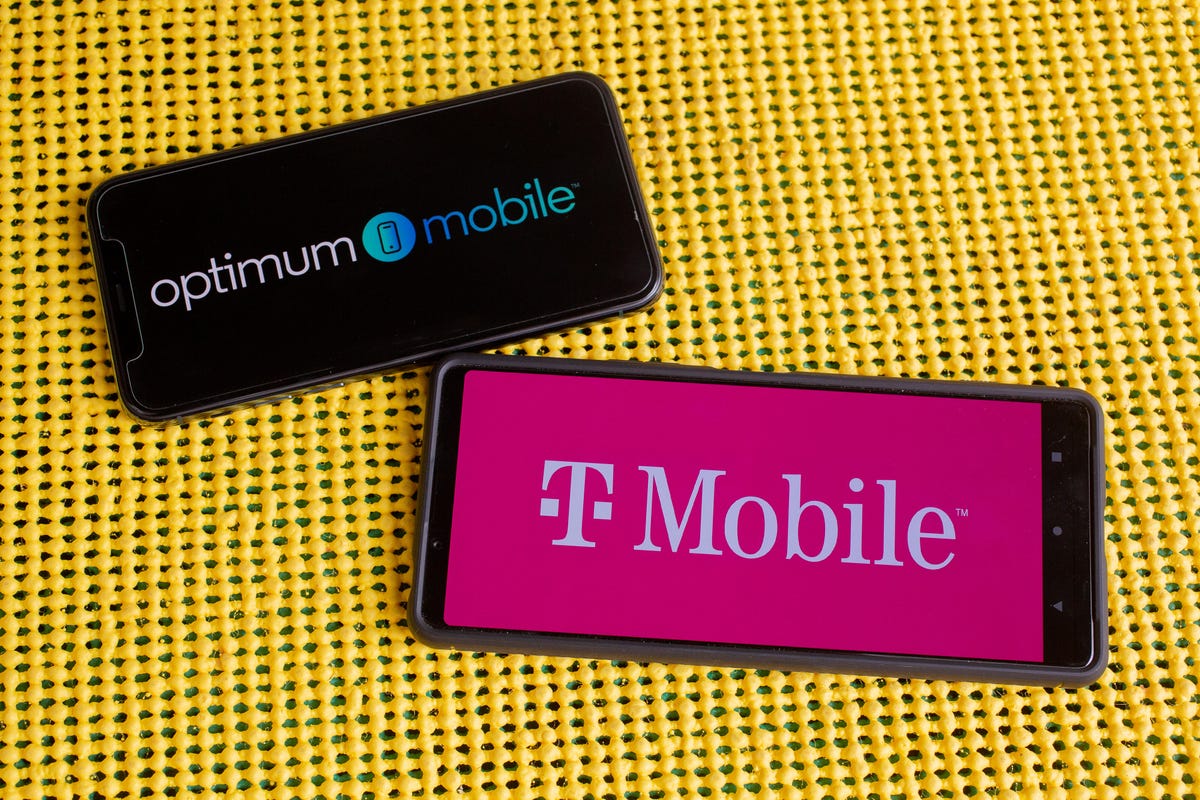

Optimum Mobile (once known as Altice Mobile), which is offered to Optimum and Suddenlink users, uses T-Mobile’s network.
Is 5G included? Optimum Mobile includes 5G with all of its plans, though if you go over your monthly data limit for its 1GB or 3GB plans you will be «reduced to 2G speeds» for the remainder of your billing cycle. If you have the company’s «Unlimited» or «Unlimited Max» plans your data will slow to «3G speeds» after 20GB or 50GB is used, respectively.
Technologies
The Black Friday Gaming Deals You Want Are Already Here, Including PlayStation, Xbox and Alienware
Technologies
The Black Samsung Galaxy Z Fold 7 Is at a Record $443 Off at Amazon for Black Friday
A Galaxy Z Fold 7 price war between Amazon and Samsung gives us a record-low deal for one color.
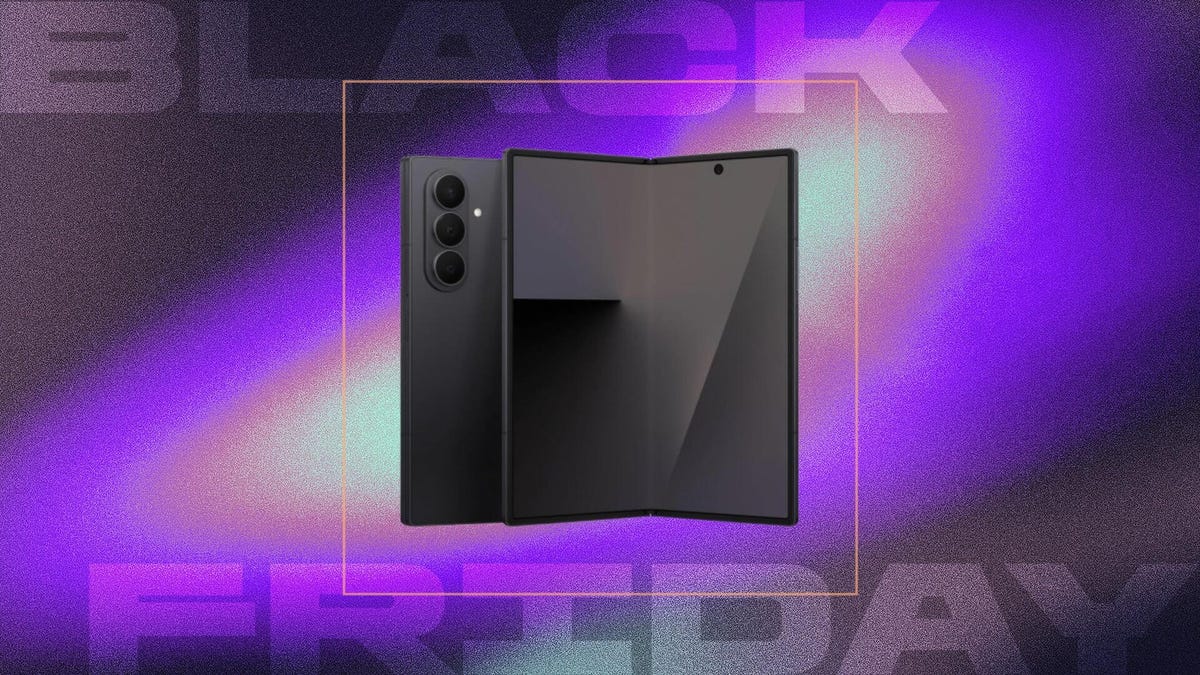
If you’re looking for a foldable iPhone, you’re gonna need to wait until 2026, but if you’re looking for the best foldable phone of 2025, there are great deals on the Galaxy Z Fold 7 right now at both Amazon and Samsung, with the former dropping the black version of Samsung’s foldable phone to a record-low $1,557. All other models are $1,600 at both Amazon and Samsung, a $400 discount.
Samsung’s unique foldable phones had an awkward adolescence, but after getting her hands on the new lineup, CNET reviewer Abrar Al-Heet confirms that the latest Z Fold 7 «just feels right.» For one, it’s incredibly sleek at just 8.9mm thick when closed or 4.2mm thick when open, which is so thin you may even forget that it’s foldable.
Hey, did you know? CNET Deals texts are free, easy and save you money.
Despite weighing just 215 grams, this foldable features some serious hardware. It has a 6.5-inch cover screen and an 8-inch interior display with a fluid 120Hz refresh rate. It’s equipped with a cutting-edge Snapdragon 8 Elite processor and 12GB of RAM to support tons of helpful AI features and functions, and comes with Android 16 and Samsung One UI 8 right out of the box.
The camera system is also pretty impressive, boasting a 200-megapixel rear camera, 12-megapixel ultrawide shooting and a 10-megapixel front camera on both the cover and interior screens. Plus, it’s equipped with a 4,400-mAh battery for all-day use.
MOBILE DEALS OF THE WEEK
-
$749 (save $250)
-
$475 (save $175)
-
$499 (save $300)
-
$900 (save $400)
Why this deal matters
With an unbelievably sleek design and cutting-edge hardware, the impressive Samsung Galaxy Z Fold 7 is our favorite foldable phone on the market. But it also comes with a staggering $2,000 price tag, and if you’re hoping to get your hands on one, this $443 discount is a way to rack up some serious savings and help cushion the blow of its considerable cost. Just be sure to get your order in soon, as we doubt this deal will remain live for long.
Join Our Daily Deals Text Group!
Get hand-picked deals from CNET shopping experts straight to your phone.
By signing up, you confirm you are 16+ and agree to receive recurring marketing messages at the phone number provided. Consent is not a condition of purchase. Reply STOP to unsubscribe. Msg & data rates may apply. View our Privacy Policy and Terms of Use.
Technologies
I Almost Missed This Deal Within a Deal for Baseus’ Bose-Infused Headphones and Earbuds
Baseus’ new Inspire XH1, XP1 and XC1 models with Sound by Bose are 23% to 33% off for Black Friday and Cyber Monday. But Baseus throws in its BC1 clip-on earbuds or other «free» bonus items to make the deal even sweeter.
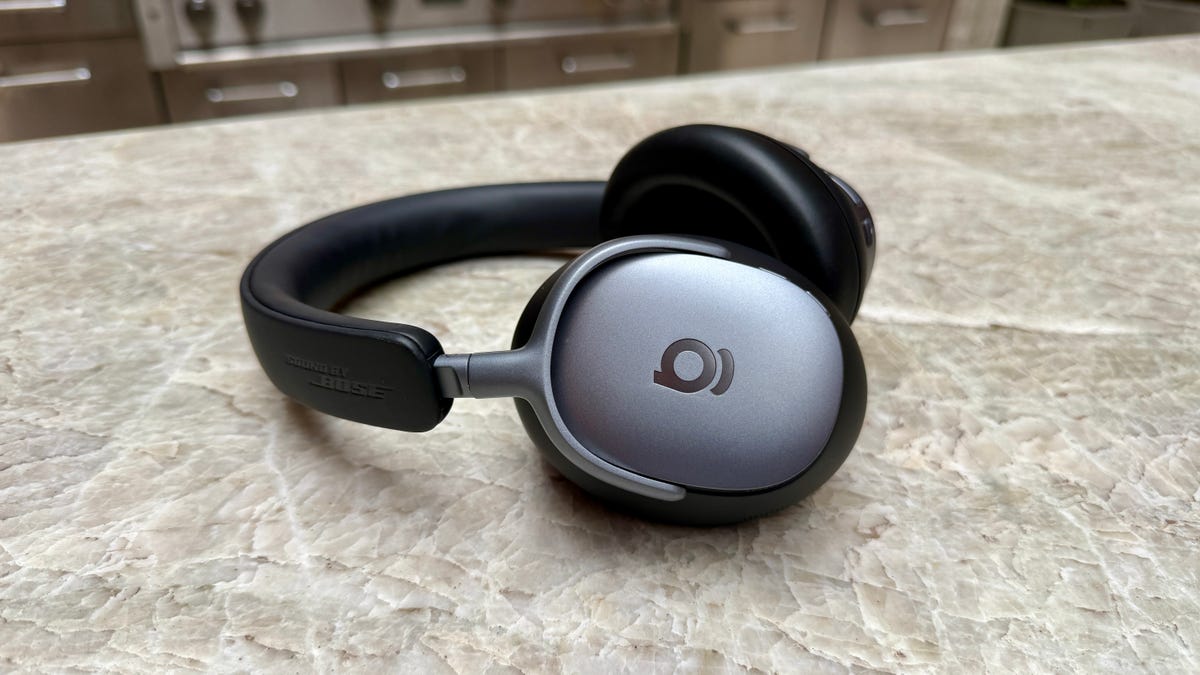
I gave CNET Editors’ Choice awards to Baseus’ Bose-infused Baseus Inspire XH1 headphones and Inspire XP1 earbuds because they’re well designed and sound decent for what they cost. I also liked Baseus’ Inspire XC1 clip-on earbuds, which have dual- drivers and earned a spot on CNET’s best clip-on earbuds list.
Last week all three models were selling for around $110 (though they have higher list prices), but they’re now discounted to around $100 for Black Friday and Cyber Monday. That’s a deal I’d highlight on its own, but if you click through to any of those models’ Amazon product pages an look closely you’ll see that each is eligible for «one free item» with purchase.
Read more: Best wireless earbuds of 2025
You have to click the «how to claim link» and then add one of the three products to the your cart. Once one of the headphones or earbuds is added to your cart, you can click a button on the left side of screen (above the stars for average ratings) that switches the view from «qualifying items» to «benefit items.» You can then add Baseus’s BC1 clip-on earbuds, which list for $40, to your cart as a free item. Baseus’ step-up Basues MC1 Pro ($48 for Black Friday) and Inspire XC1 clip-on buds sound better, but the BC1 are fine for casual use.
If the BC1 earbuds option doesn’t thrill you, there are other freebies you can opt for. Just go back to the Amazon product page for the Inspire XH1, XP1 and XC1 and you’ll see options for one free item with $100, $90, $51 and $46 purchases. The $90 benefit item is a 30W dual-port fast charger (list price $20), which is decent, and the $51 benefit item is a retractable USB-C cable ($19 list) that’s useful. Don’t bother with the $46 benefit item.
You can read my full reviews of the Inspire XH1 headphones here and the Inspire XP1 earbuds here. And here’s my quick take of the Inspire XC1 earbuds:
Like Baseus’ noise-isolating Inspire XP1 earbuds that I rated highly, the Inspire XC1 feature «Sound by Bose» and a more premium design than earlier Baseus earbuds. The XC1 don’t sound as good as the XP1, but they sound good for open earbuds and are equipped with dual drivers, one of which is a Knowles balanced-armature driver that helps improve treble performance. While they don’t produce as much bass as noise-isolating earbuds like the Inspire XP1, their bass performance is better than I expected. The buds’ sound is pretty full, especially in quieter environments, though they do better with less bass-heavy material (I did notice a bit of distortion at higher volumes with certain tracks with harder driving bass).
While I prefer the design and fit of Bose’s Ultra Open Earbuds (as well as the design of their case) and think the Bose buds sound more natural and a tad better overall, the much more affordable Inspire XC1 fit comfortably and offer top-tier sound for clip-on open earbuds (and they play louder than the Bose), as well as decent voice-calling performance with good background noise reduction.
HEADPHONE DEALS OF THE WEEK
-
$248 (save $152)
-
$170 (save $181)
-
$298 (save $131)
-
$199 (save $150)
Read more: Best Black Friday headphones deals
Join Our Daily Deals Text Group!
Get hand-picked deals from CNET shopping experts straight to your phone.
By signing up, you confirm you are 16+ and agree to receive recurring marketing messages at the phone number provided. Consent is not a condition of purchase. Reply STOP to unsubscribe. Msg & data rates may apply. View our Privacy Policy and Terms of Use.
-

 Technologies3 года ago
Technologies3 года agoTech Companies Need to Be Held Accountable for Security, Experts Say
-

 Technologies3 года ago
Technologies3 года agoBest Handheld Game Console in 2023
-

 Technologies3 года ago
Technologies3 года agoTighten Up Your VR Game With the Best Head Straps for Quest 2
-

 Technologies4 года ago
Technologies4 года agoBlack Friday 2021: The best deals on TVs, headphones, kitchenware, and more
-

 Technologies4 года ago
Technologies4 года agoVerum, Wickr and Threema: next generation secured messengers
-

 Technologies4 года ago
Technologies4 года agoGoogle to require vaccinations as Silicon Valley rethinks return-to-office policies
-

 Technologies4 года ago
Technologies4 года agoOlivia Harlan Dekker for Verum Messenger
-

 Technologies4 года ago
Technologies4 года agoiPhone 13 event: How to watch Apple’s big announcement tomorrow
